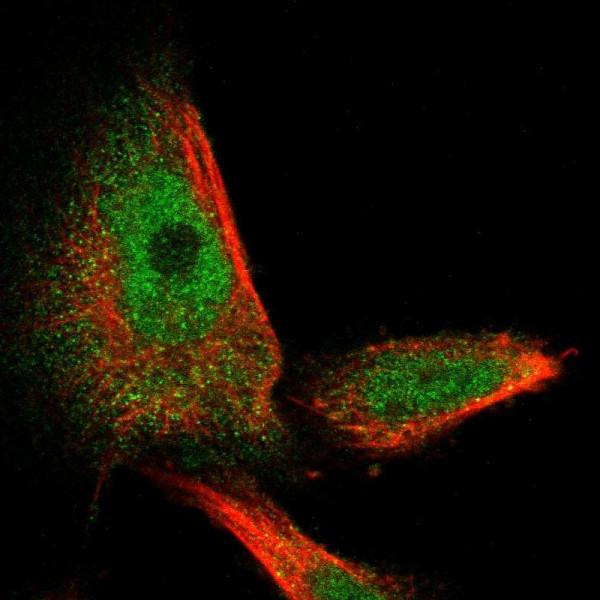Cookie preferences
This website uses cookies, which are necessary for the technical operation of the website and are always set. Other cookies, which increase the comfort when using this website, are used for direct advertising or to facilitate interaction with other websites and social networks, are only set with your consent.
Configuration
Technically required
These cookies are necessary for the basic functions of the shop.
"Allow all cookies" cookie
"Decline all cookies" cookie
CSRF token
Cookie preferences
Currency change
Customer-specific caching
FACT-Finder tracking
Individual prices
Selected shop
Session
Comfort functions
These cookies are used to make the shopping experience even more appealing, for example for the recognition of the visitor.
Note
Show the facebook fanpage in the right blod sidebar
Statistics & Tracking
Affiliate program
Conversion and usertracking via Google Tag Manager
Track device being used
| Item number | Size | Datasheet | Manual | SDS | Delivery time | Quantity | Price |
|---|---|---|---|---|---|---|---|
| ATA-HPA017311.25 | 25 µl | - |
7 - 10 business days* |
300.00€
|
|||
| ATA-HPA017311.100 | 100 µl | - |
7 - 10 business days* |
421.00€
|
If you have any questions, please use our Contact Form.
You can also order by e-mail: info@biomol.com
Larger quantity required? Request bulk
You can also order by e-mail: info@biomol.com
Larger quantity required? Request bulk
Protein function: ATP-dependent microtubule severing protein that specifically recognizes and... more
Product information "Anti-SPAST"
Protein function: ATP-dependent microtubule severing protein that specifically recognizes and cuts microtubules that are polyglutamylated (PubMed:11809724, PubMed:15716377, PubMed:16219033, PubMed:17389232, PubMed:20530212, PubMed:22637577, PubMed:26875866). Preferentially recognizes and acts on microtubules decorated with short polyglutamate tails: severing activity increases as the number of glutamates per tubulin rises from one to eight, but decreases beyond this glutamylation threshold (PubMed:26875866). Severing activity is not dependent on tubulin acetylation or detyrosination (PubMed:26875866). Microtubule severing promotes reorganization of cellular microtubule arrays and the release of microtubules from the centrosome following nucleation. It is critical for the biogenesis and maintenance of complex microtubule arrays in axons, spindles and cilia. SPAST is involved in abscission step of cytokinesis and nuclear envelope reassembly during anaphase in cooperation with the ESCRT-III complex (PubMed:19000169, PubMed:21310966, PubMed:26040712). Recruited at the midbody, probably by IST1, and participates in membrane fission during abscission together with the ESCRT-III complex (PubMed:21310966). Recruited to the nuclear membrane by IST1 and mediates microtubule severing, promoting nuclear envelope sealing and mitotic spindle disassembly during late anaphase (PubMed:26040712). Required for membrane traffic from the endoplasmic reticulum (ER) to the Golgi and endosome recycling (PubMed:23897888). Recruited by IST1 to endosomes and regulates early endosomal tubulation and recycling by mediating microtubule severing (PubMed:23897888). Probably plays a role in axon growth and the formation of axonal branches (PubMed:15716377). [The UniProt Consortium] Buffer: 40% glycerol and PBS (pH 7.2). 0.02% sodium azide is added as preservative. Highest antigen sequence identity to mouse: 91% and to rat: 91%
| Keywords: | Anti-Spastin, Anti-Spastic paraplegia 4 protein |
| Supplier: | Atlas Antibodies |
| Supplier-Nr: | HPA017311 |
Properties
| Application: | ICC, IHC, WB |
| Antibody Type: | Polyclonal |
| Conjugate: | No |
| Host: | Rabbit |
| Species reactivity: | human, rat |
| Immunogen: | Recombinant Protein Epitope Signature Tag (PrEST) antigen sequence: KRKDPLTHTS NSLPRSKTVM KTGSAGLSGH HRAPSYSGLS MVSGVKQGSG PAPTTHKGTP KTNRTNKPST PTTATRKKKD LKNFRNVDSN LANLIMNEIV DNGTAVKFDD IAGQDLAKQA LQEIVILPSL RPELFTGL (ATA-APrEST71661) |
Database Information
| KEGG ID : | K13254 | Matching products |
| UniProt ID : | Q9UBP0 | Matching products |
| Gene ID | GeneID 6683 | Matching products |
Handling & Safety
| Storage: | -20°C |
| Shipping: | +20°C (International: +20°C) |
Caution
Our products are for laboratory research use only: Not for administration to humans!
Our products are for laboratory research use only: Not for administration to humans!
Information about the product reference will follow.
more
You will get a certificate here
Viewed
















